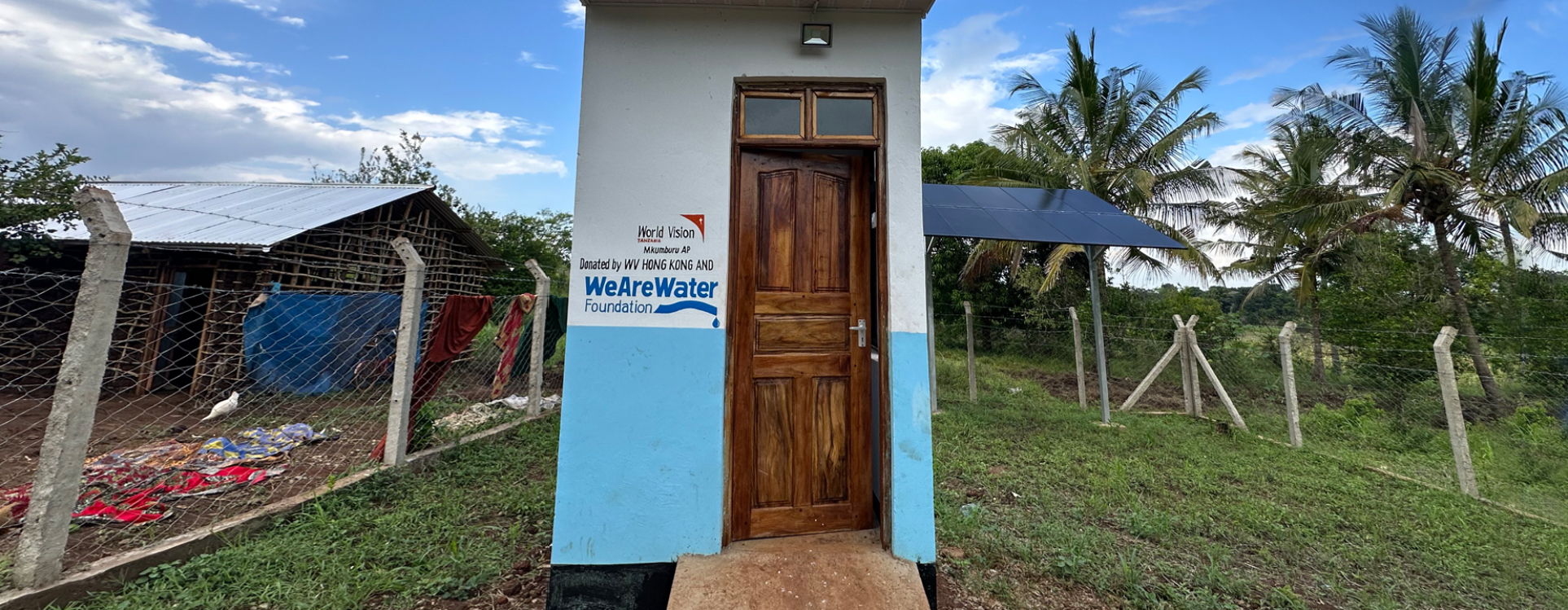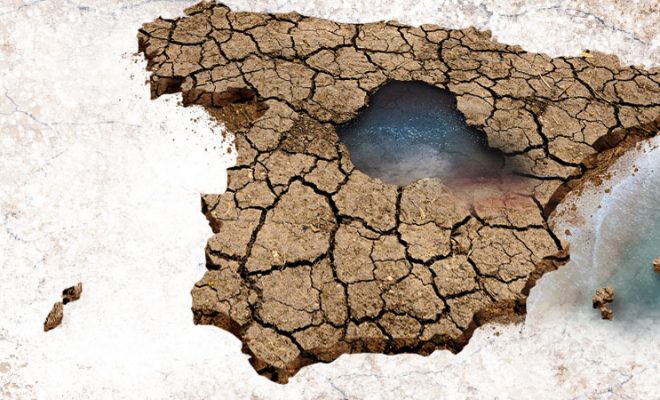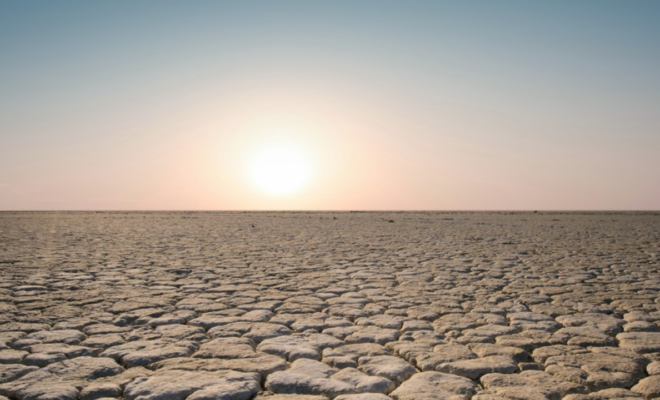We rarely stop to think that turning on the tap and drinking a simple glass of water entails an energy cost. However, water supply is an industry subject to constant economic fluctuations, where energy consumption plays a crucial role.
According to the Alliance to Save Energy, the domestic and industrial water cycle accounts for between 2% and 3% of global energy consumption. This figure can rise to between 4% and 5% when agricultural supply is included.
There is no precise data on the carbon footprint generated by energy consumption in the water and sanitation sector. However, experts agree that it is significant and comparable to other industrial sectors, varying depending on the energy source used. For example, the use of solar Energy in desalination, a growing trend, is steadily gaining ground. Likewise, in modern drinking water treatment plants (WTPs) and wastewater treatment plants (WWTPs), renewable energy-based technologies and circular economy strategies are increasingly taking hold.
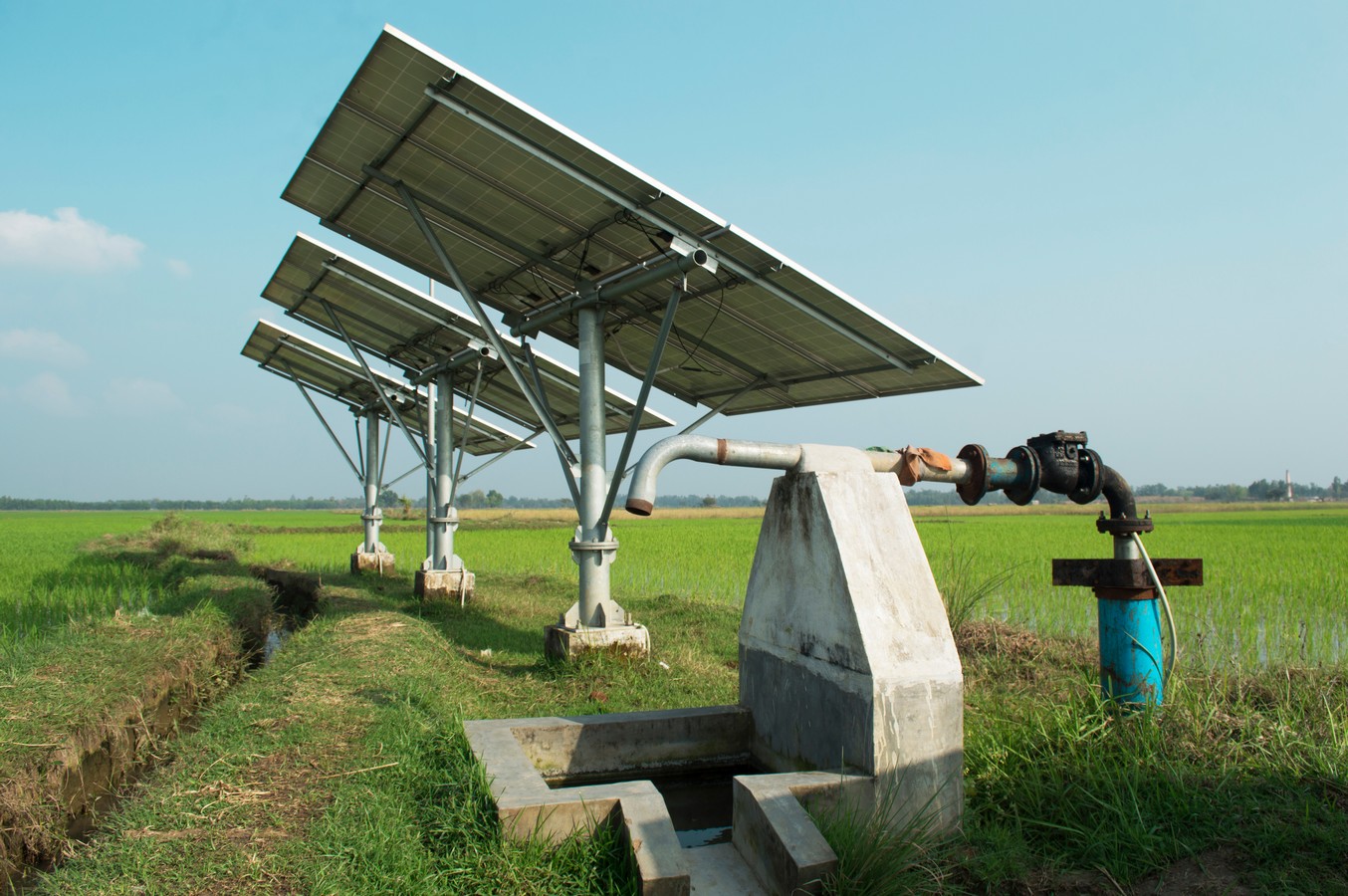
Photovoltaic Energy applied to desalination and water pumping in rural communities is key to mitigating climate change. © Freeimages
How to Achieve SDG 6 Without Increasing Greenhouse Gas Emissions?
The world is in an uncertain race to reduce greenhouse gas (GHG) emissions and mitigate global warming, aiming to keep it below 1.5°C above pre-industrial levels. Although the use of fossil fuels has begun to decline, they remain the primary global energy source. According to the International Energy Agency (IEA), fossil fuels accounted for 82% of global energy consumption in 2022.
In this context, increasing water stress drives the adoption of technologies that raise energy consumption. According to World Bank estimates, by 2030, there will be a 40% gap between global water supply and demand, meaning demand will significantly exceed available water resources. This shortfall will increasingly drive the expansion of water reuse and desalination and, consequently, energy consumption.
It is worth noting that while agriculture absorbs 80% of the world’s freshwater, its contribution to energy consumption is lower than expected. This is because irrigation water requires less pre-treatment and, after use, often infiltrates back into the ground, returning to the natural cycle.
Energy costs in the agricultural sector mainly stem from irrigation pumping, where the use of renewable Energy is growing. This option is especially valuable in communities without access to the power grid or where conventional Energy is too expensive. Our project in India demonstrates how solar-powered irrigation systems address this need without emitting carbon into the atmosphere. Likewise, in small villages, our experience in installing water distribution systems based on solar-powered extraction pumps has created a self-sufficient and clean model that serves as a reference for sustainable solutions.
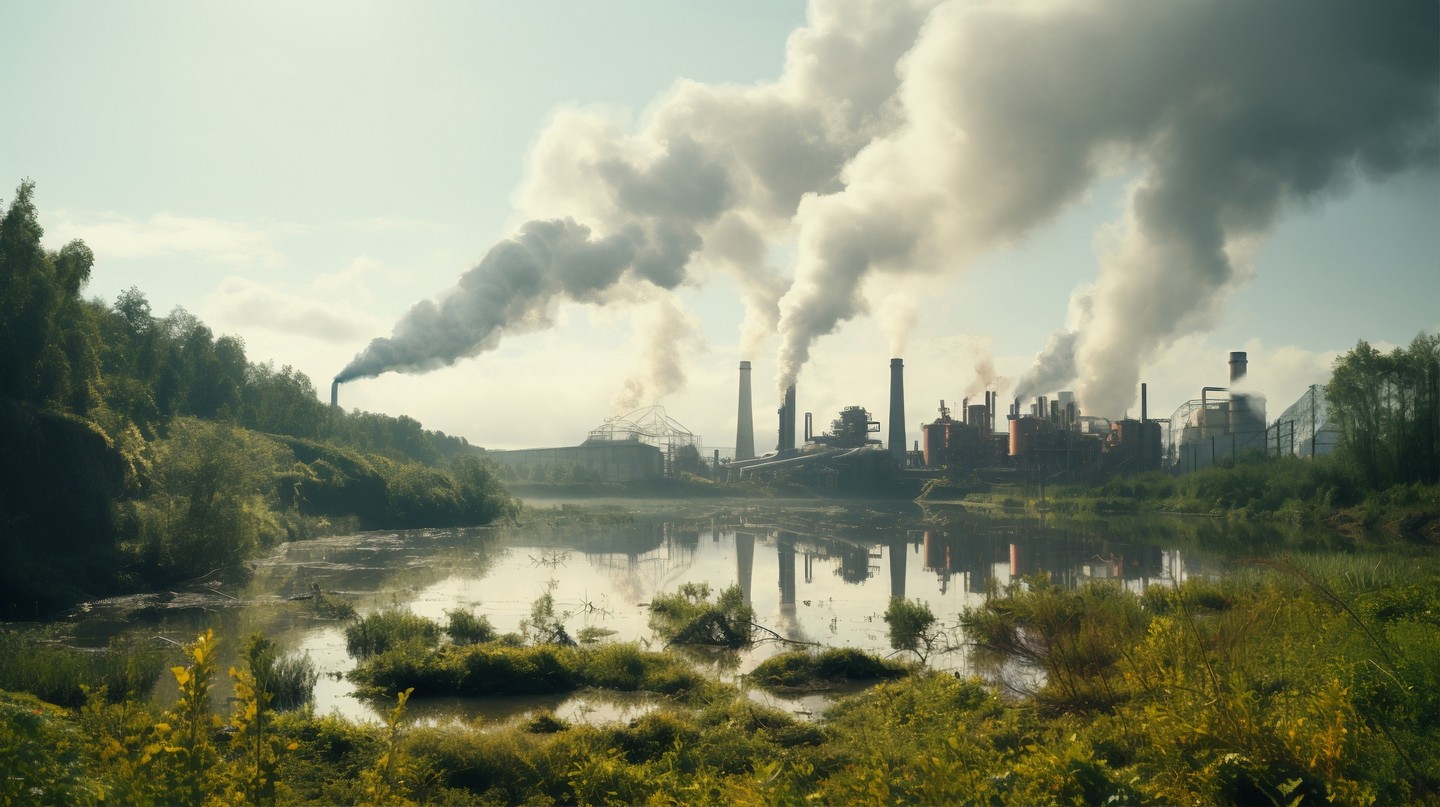
The world is in an uncertain race to reduce greenhouse gas (GHG) emissions and mitigate global warming, aiming to keep it below 1.5°C above pre-industrial levels© Freepick
Desalination Requires a Lot of Energy—But Less and Less
Seawater desalination is an increasingly popular solution to combat water stress, though it comes with high energy consumption. In Spain, for example—one of the most water-stressed industrialized countries—the expansion of desalination is growing, particularly to supply tourism and irrigation in coastal areas, significantly increasing electricity demand.
Due to high energy requirements, the desalination process accounts for between 35% and 50% of a desalination plant’s total operating costs. However, consumption has gradually decreased thanks to technological advancements that have improved efficiency. According to the Spanish Association for Desalination and Reuse (AEDyR), the energy consumption of a desalination plant is around 3 kWh/m³—meaning approximately 0.003 kWh is needed to produce one litre of fresh water. To put this into perspective, the Energy required to supply drinking water to a family of four for a year is equivalent to the annual consumption of a household refrigerator.
On the other hand, more than 21% of desalinated water produced in Spain is used for agriculture, and its use continues to grow in coastal areas. In this context, investment in solar Energy is becoming essential to prevent an increase in emissions and reduce dependence on the electrical grid.
Tourism: A Sector That Links Water and Energy
Water consumption in tourism is significantly high. Spain is a clear example of this issue: while the average Spanish citizen consumes 127 litres per day, a tourist can use between 450 and 800 litres. According to UN Tourism, this consumption rises even further in tropical belt regions, reaching up to 2,000 litres per day—and in hotels, up to 3,423 litres per room per day.
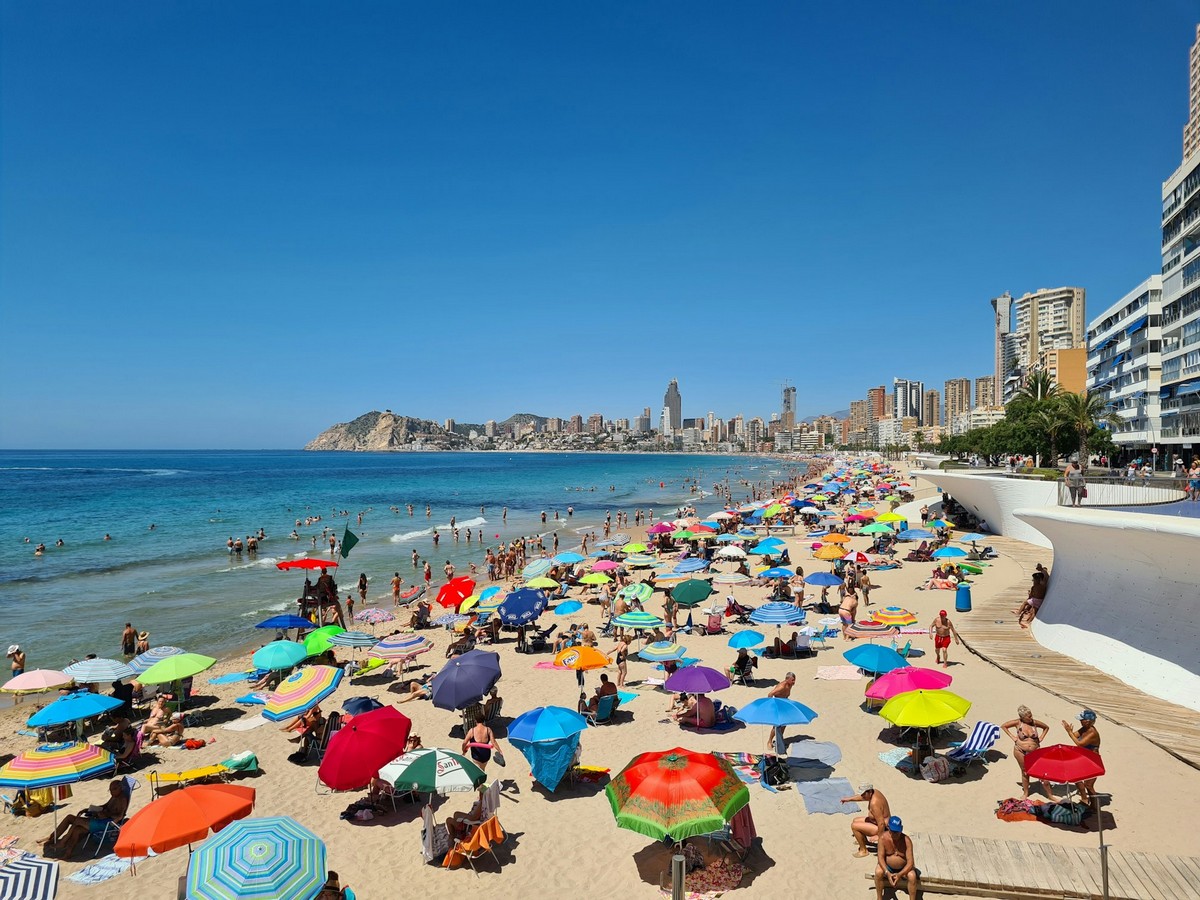
Tourism is a promising economic driver for many emerging countries and one of the main mechanisms for wealth distribution worldwide. However, the sector is directly threatened by climate change and must move toward a well-managed, sustainable model that can serve as a reference. © Martijn-vonk /unsplash
This high water consumption entails considerable energy use. In a hotel, kitchens and laundries account for approximately 10% and 5% of total energy consumption, respectively, while hot water is the second-largest source of energy demand, representing 15% of total consumption.
Water efficiency strategies and the use of innovative technologies can generate substantial savings in both water and electricity. A British and Spanish researchers study estimates that a hotel with around 100 rooms could reduce its consumption by at least 227 litres per guest night by implementing appropriate measures. Over a year, this would mean savings of 16,573 m³ of water and 209,541 kWh of Energy.
Our experience confirms the close relationship between water and electricity consumption. During the 2019 tourist season, we developed the Let’s Make a Deal project with the hotel chain Hilton Grand Vacations to raise awareness among guests and staff about the importance of responsible water use. Simply by reducing towel washing, we achieved savings of 970,000 liters, and by extending the use of bed linens, we achieved an additional 1.02 million liters.
This initiative, which now continues with the Walkathons for Water, has demonstrated not only the willingness of guests and staff to reduce water consumption but also their sensitivity to the water crisis in the most vulnerable regions. The donations from guests, which we have allocated to our projects in India, Guatemala, and Indonesia, are achievements that would have seemed unattainable just a few years ago.
We need more water while simultaneously reducing emissions—two urgent and deeply interconnected goals. In this sense, achieving SDG 6 must go hand in hand with SDG 7: ensuring affordable and clean Energy.


